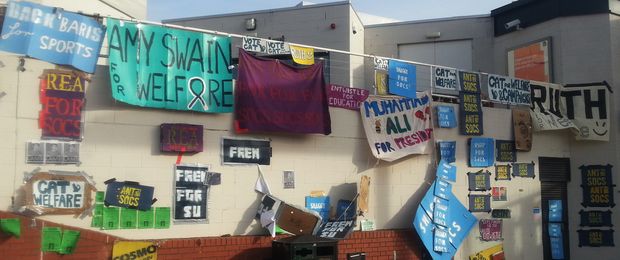History students voted most in the SU elections
5,750 students voted in this year’s Students’ Union (SU) elections. This number was around 500 voters higher than last year.
The live voting system meant it was possible see how the genders, ethnicities, years of study and departmental sections divided up across the student body.
History had the largest percentage of voters per department with 54% of all students choosing to vote. This made them the second largest voice within the elections.
Billy Perrigo, a second-year History student commented: “History requires engagement with the world, and I think a logical extension of that is being interested in student politics, rather than being ignorant or apathetic.”
He added: “It probably helps that we’ve all learnt about eras when people couldn’t vote, and seen the consequences.
That in itself is enough to give anyone a respect for democracy. That said, though, only 54% of history students voted, which is still shockingly poor. We’re the best out of a bad bunch I think.”
“We’re the best of a bad bunch”
– Billy Perrigo, History student
Only 9.4% of all Warwick Business School (WBS) students voted. However, they made up 9.55% of the electorate given the number of students enrolled within the department.
Moreover, departments such as Maths and Economics, where the percentage of voters within the department was relatively average, still acted as large voices in the overall result with 7.90% and 7.76% of overall votes respectively.
30-40% turnout
Overall, the vast majority of departments had between a 30-40% turnout.
Subjects like Engineering, Life Sciences and History of Art had the lowest turnouts with between 26-28% voting.
Warwick Medical School (WMS) was one of the least engaged departments with varying sections within the WMS title making up less than 0.5% of votes.
More male students voted to female but the difference is less than 1% of voters. Half of all the non-binary students at Warwick voted.
72.26% of voters identified as British and making them the overwhelming majority. The following highest was 2.99% who identified as English, then 2.5% Chinese and 2.4% French. After this voters of a multitude nationalities made up small percentages to complete the following 20% or so.
Nearly 70% of these voters identified as White, with the second highest ethnicity being Asian or Asian British with around 6% of votes from this group.
Only 30% of voters were from people of colour and ethnic minorities.

Comments